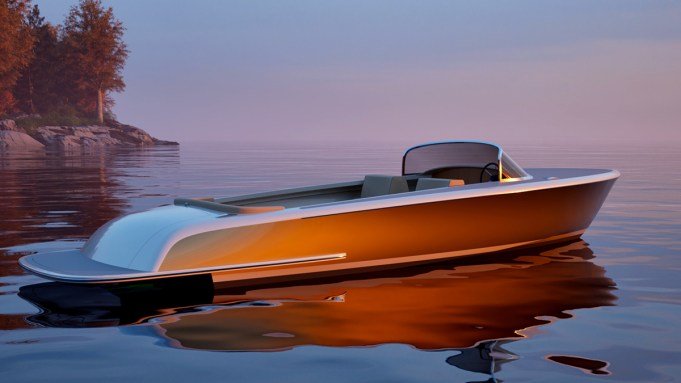The Dream Chaser Space Plane Lands at NASA Ahead of Its First Mission

The world’s first winged commercial space plane is one step closer to launch.
Sierra Space’s Dream Chaser DC-100 arrived at NASA’s Kennedy Space Center in Florida on Saturday, May 18 for final testing before its upcoming mission to the International Space Station (ISS).
The Dream Chaser will be used to ferry cargo to and from Earth and the ISS. Measuring 30 feet long by 15 feet wide, the plane features a lifting body and innovative wings that enable it to land on a runway in the style of NASA’s now defunct space shuttle. It is also adjoined to a 15-foot Shooting Star module that can carry up to 7,000 pounds of cargo internally and more gear externally. The Dream Chaser is reusable and will perform at least seven missions to the ISS, according to NASA. Conversely, the Shooting Star module is designed to burn up during reentry, creating the opportunity to dispose of up to 8,500 pounds of trash with each mission.
Dream Chaser Tenacity at NASA’s Kennedy Space Center in Florida.
NASA/Kim Shiflett
Christened Tenacity, the inaugural Dream Chaser is set to deliver 7,800 pounds of food, water, and science experiments to the orbiting laboratory, NASA says. The space plane, which recently underwent vibration, temperature, and pressure testing at NASA’s Neil Armstrong Test Facility in Sandusky, Ohio, will now be assessed further by the team in Florida. The pre-launch preparation includes acoustic and electromagnetic interference and compatibility testing, completion of work on the plane’s thermal protection system, and final payload integration.
Tenacity will be launched aboard a United Launch Alliance (ULA) Vulcan rocket at the Cape Canaveral Space Force Station later this year, though the exact date remains unknown. After remaining at the ISS for about 45 days, Tenacity will return to Florida. The Sierra Space team will then offload the remaining NASA cargo and begin preparing the plane for its next mission.
Tenacity is the first in a fleet of Dream Chasers that will carry out low-orbit delivery runs to the ISS. NASA says future missions may last as long as 75 days and drop off as much as 11,500 pounds of cargo. Interestingly, Sierra Space originally envisioned the plane carrying passengers, too, but companies like Space X and Blue Origin were quicker to develop crafts for shuttling astronauts and civilians. The space race is nothing if not cutthroat.
Authors
-

Rachel Cormack
Digital Editor
Rachel Cormack is a digital editor at Robb Report. She cut her teeth writing for HuffPost, Concrete Playground, and several other online publications in Australia, before moving to New York at the…



